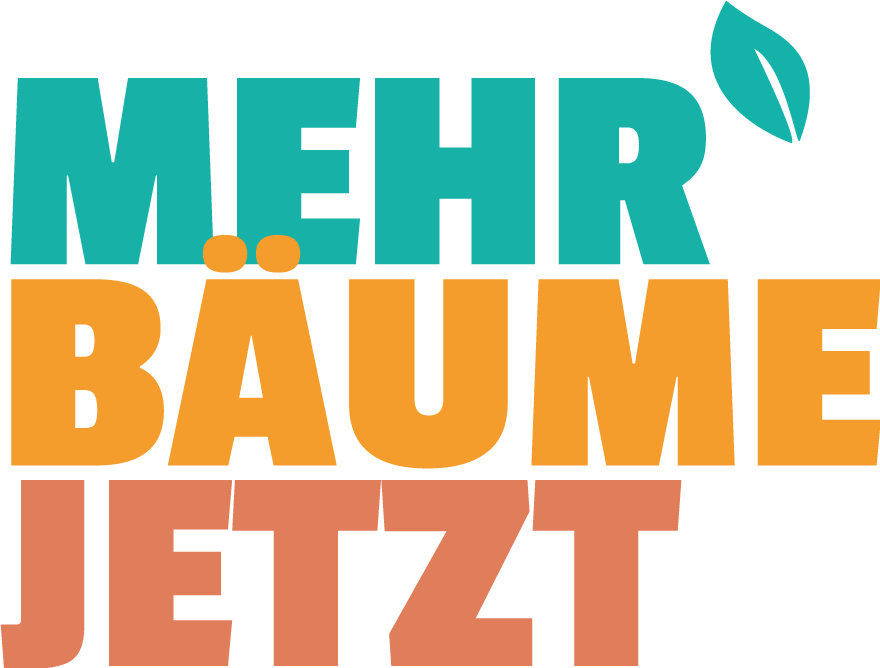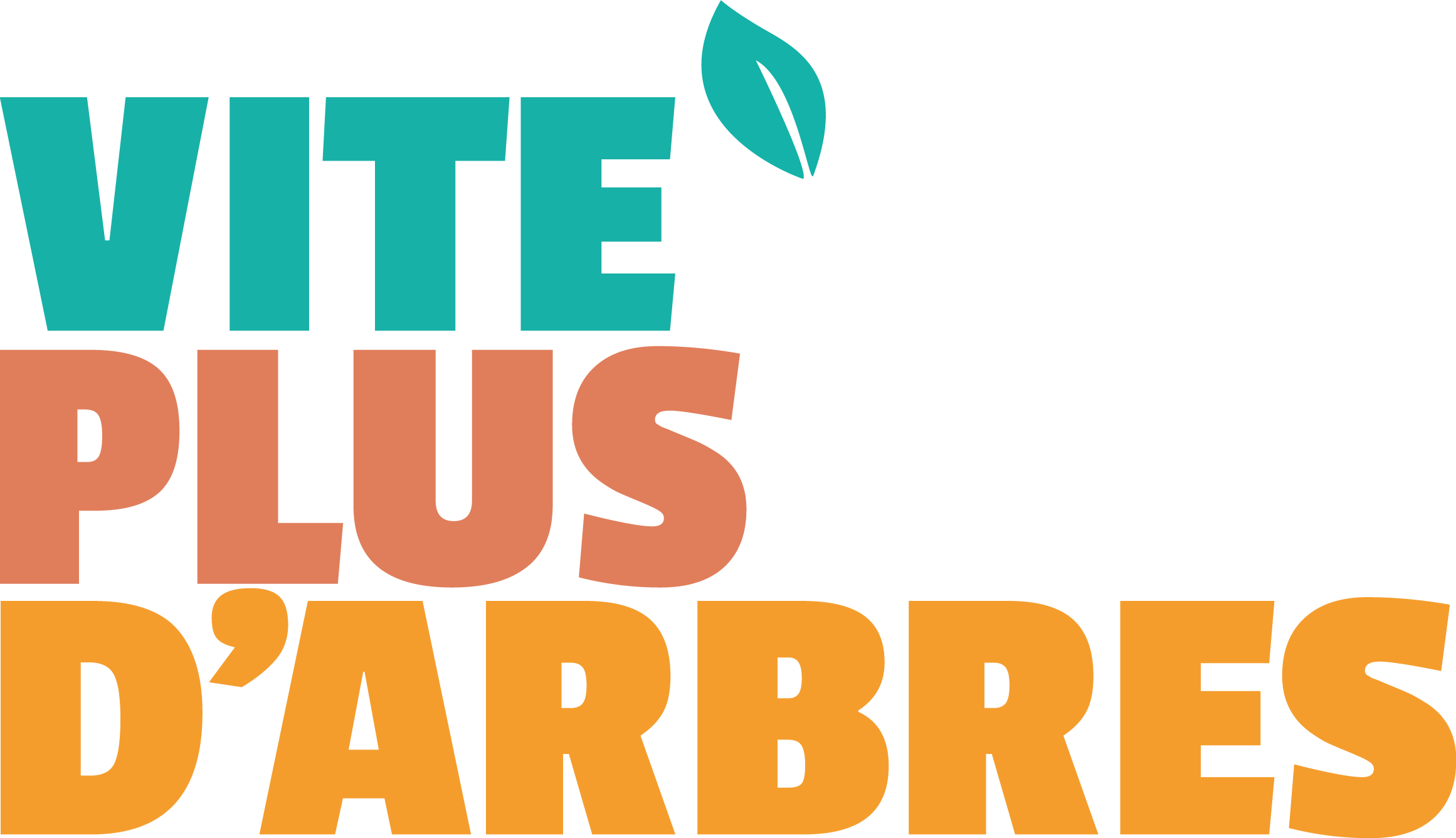More trees now: For climate and biodiversity
The ecological crisis we are in requires urgent, large-scale and concerted action. Every winter, the MEERGroen foundation, Caring Farmers and Urgenda join forces to give away millions of trees for free. We see tree planting as the solution to combat climate change, restore biodiversity and get concerned citizens to make a positive commitment to the climate.
NATURE PRODUCES A PROFUSION OF TREES AND SHRUBS
The ecological crisis we are in requires urgent, large-scale and concerted action. Every winter, the MEERGroen foundation, Caring Farmers and Urgenda join forces to give away millions of trees for free. We see tree planting as the solution to combat climate change, restore biodiversity and get concerned citizens to make a positive commitment to the climate.
Every year, nature creates a glut of young trees and shrubs. Every oak, beech, hawthorn, willow, etc. produces thousands of seedlings every year. These have an important function: some are eaten by wildlife and insects, others survive and form the new generation of trees and shrubs. But most do not make it: they die and decay, contributing to the biotope, or they are removed and/or fragmented as part of regular nature management.
In very many places, it is possible to harvest a large proportion of these young growths to give them a chance to grow up elsewhere. A lot of these seedlings are already being removed by people to create open spaces, because they are sprouting up too close to the footpath, because they are sprouting up on the moor or in a polder area, or because there are too many of a particular species or to make room for ground plants. These are now often mowed, uprooted or otherwise removed and disposed of. More Trees Now likes to do this with volunteers who carefully handle, sort and store the plants until they have a chance to grow out elsewhere. Fun to do, we leave the forest more beautiful and contribute in other places to biodiversity and carbon storage.
DO NOT SHRED BUT TRANSPLANT
In these seedlings lies the solution for climate and biodiversity. This is the message that the MEERGroen Foundation has been putting across for years: there is plenty! You just have to recognise them and transplant the excess to a place where they are wanted. For example, a chestnut tree that germinates in a dark spot in the forest still gets a chance to grow into a mature tree on a farm.
Free, MOSTLY INDIGENOUS AND ECOLOGICALLY SOUND
Using ‘transplanting’ as a method, forests, hedges, hedgerows, roadsides can be replanted across the country. Free, mostly native and ecologically sound. All you need are knowledgeable site managers or ecologists who can point volunteers to the right seedlings and how to harvest and plant them. And then ensure that when planting out, a diverse mix of early and late flowering trees, fast and slow growers and fruit-bearing species like elderberry, birdcress etc is chosen for maximum benefit to insects and birds.
The trees we hand out are mostly indigenous. This means that they occur naturally in the Netherlands and so for forest planting, or the planting of hedges and hedgerows, etc., it is best for biodiversity to do so with indigenous material. Non-native trees that are (co-)harvested are given a safe place in urban areas, or backyards, or food forests.
What is the difference between autochthonous and indigenous? Native is always indigenous, but indigenous is not always autochthonous. The More Trees Now method can be one of the ways to spread native and autochthonous plant material. Take a look at SLG’s webinar below.
A role for everyone
- Conservationists. Do you have a place where we may collect excess seedlings, or do you pollard willows, and would like to donate the willow twigs, please! We are also looking for ecologists, foresters and green-keepers who want to supervise harvest days. In November you can join us for a week and learn, more info via info@viteplusdarbres.fr.
- Schools. Harvesting or planting trees together with your class? You can! Use the map to find a planting location near you, or ask your municipality where there is space for trees. And contact us.
- Companies. Planting trees with your colleagues? Get in touch or sign up via the map. Sponsor a hedge or hedge at a farmer’s place and thus capture CO₂? That too is among the possibilities.
- Municipalities and other government bodies. Municipalities with space for trees can register planting sites. But municipalities can also play a role by involving schools in planting days or supporting farmers by enriching their planting sites with native seeds or fruit trees.
- Citizens. Anyone can plant trees! You can go and help plant somewhere. Or you can help harvest and take some of the harvest for your own garden. Tree giveaways will also be organised all over the country around National Tree Day.
- Gardeners and growers. Are you a tree grower and have end-of-season unsold specimens, or are you a gardener and have seedlings leftover after a job? Give them a second chance. Read more.
IMPORTANT ROLE FOR FARMERS
Last March, Caring Farmers planted 50,000 trees and shrubs. They show that there is great enthusiasm for planting hedges and hedgerows to capture CO₂ and increase biodiversity. Besides the Caring Farmers, Bionext is also appealing to its 1,000 farmer members.Harvesting or planting trees together with your class? You can! Use the map to find a planting location near you, or ask your municipality where there is space for trees. And contact us.


